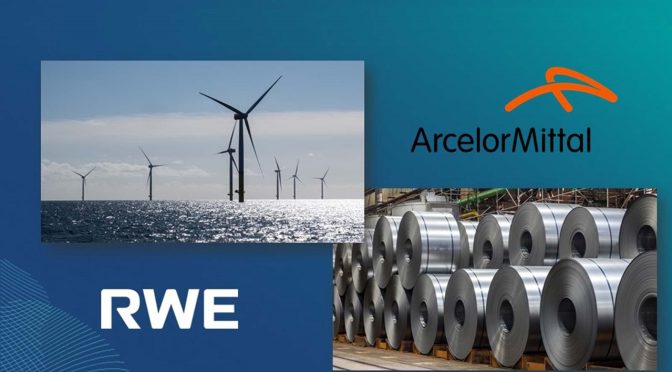
Estimates from the Fraunhofer IWES study suggest that realizing the full potential of offshore wind power would generate up to 292.1 TWh of wind energy per year.
Germany has the potential to increase its offshore wind power capacity to 81.6 GW, which is above the federal government’s target of 70 GW by 2045, according to a study by research institute Fraunhofer IWES.
In order to exploit the full potential of wind energy in the North Sea and the Baltic Sea, Germany needs to devise a strategy for more efficient use of the available space and to use new offshore wind energy technologies in additional areas in a worry-free way. and affect nature conservation.
Fraunhofer IWES has also analyzed the joint use of offshore areas and discussed their potential and possible obstacles with stakeholders in the military, fisheries and nature conservation areas.
The study was conducted on behalf of the German association of offshore wind farm operators BWO and the Federal Association of Power and Water Industries BDEW.
Commenting on the study, BDEW director Kerstin Andreae cautioned that higher installed capacity does not automatically mean a significant increase in power output. The development of new areas must be combined with measures aimed at greater efficiency and the modernization of offshore wind turbines that are already in operation can significantly increase production, Andreae added.